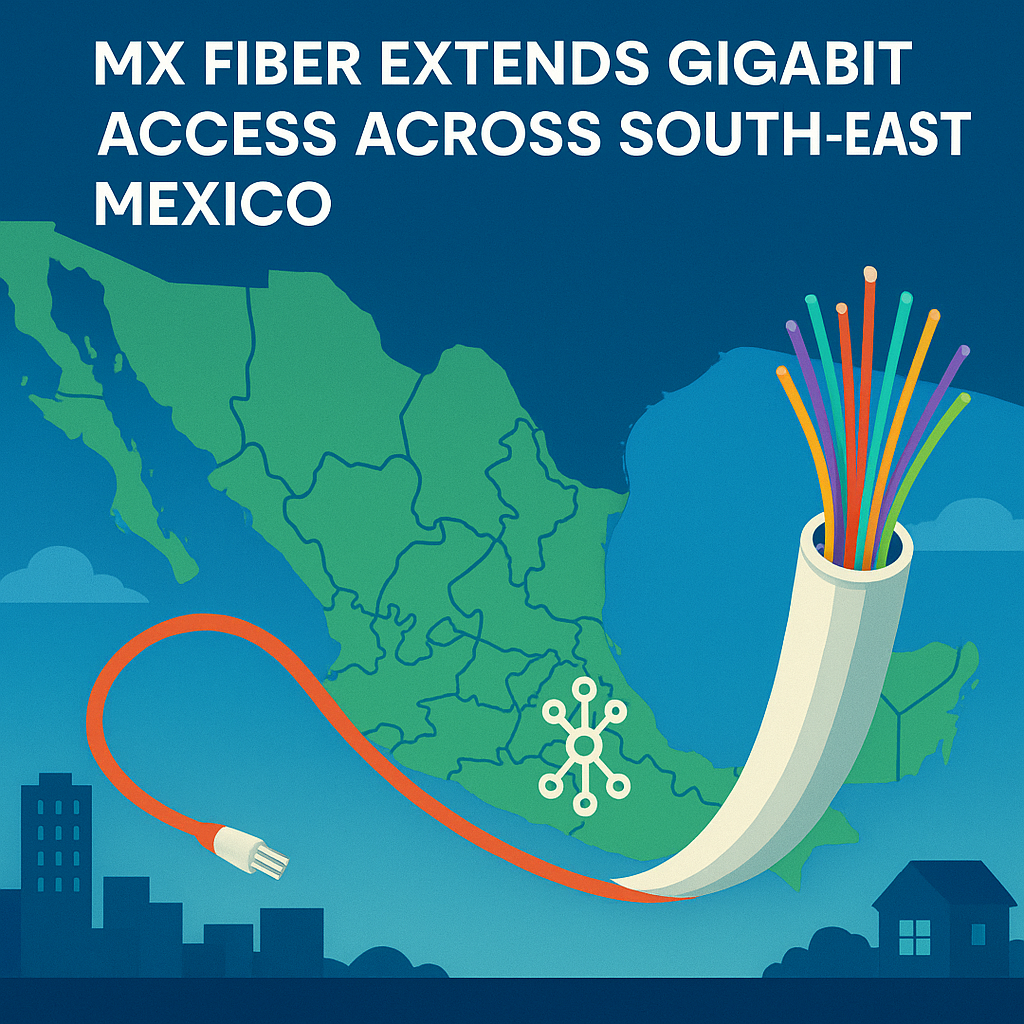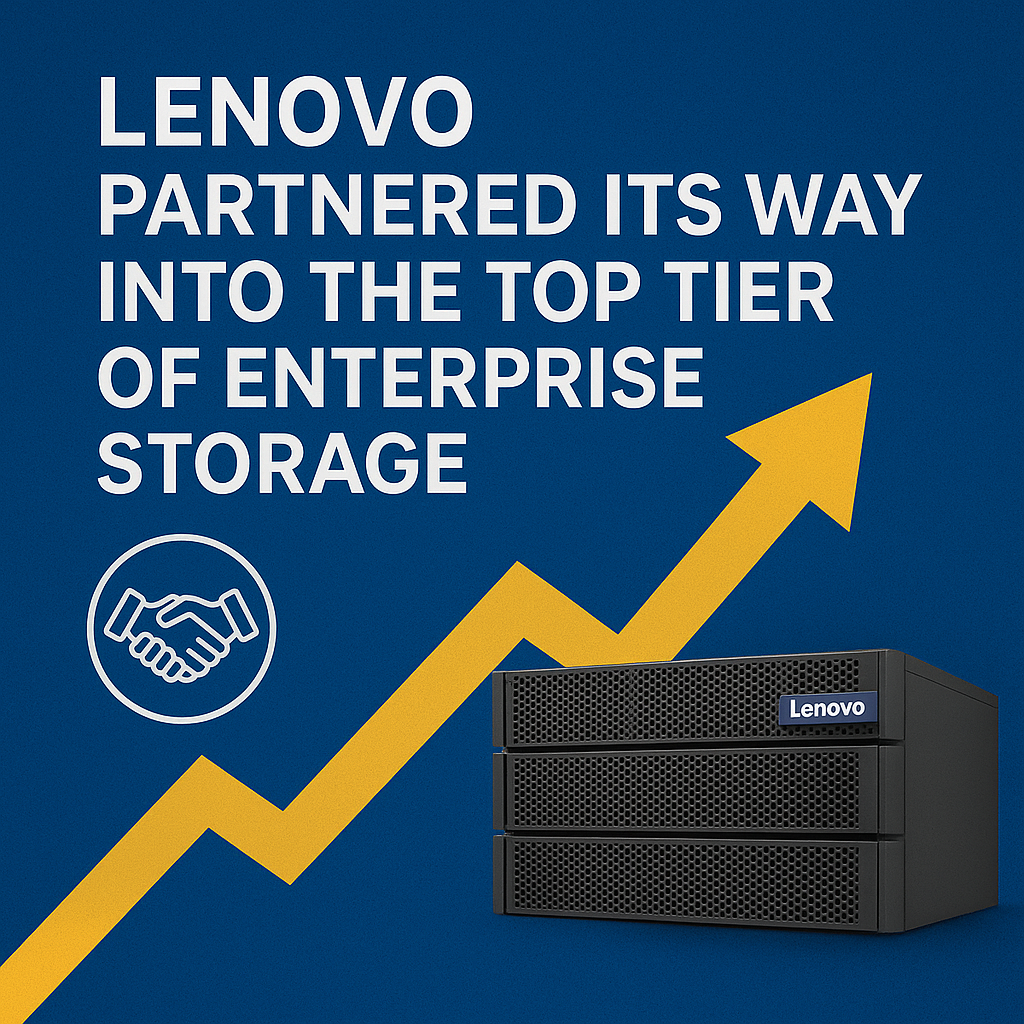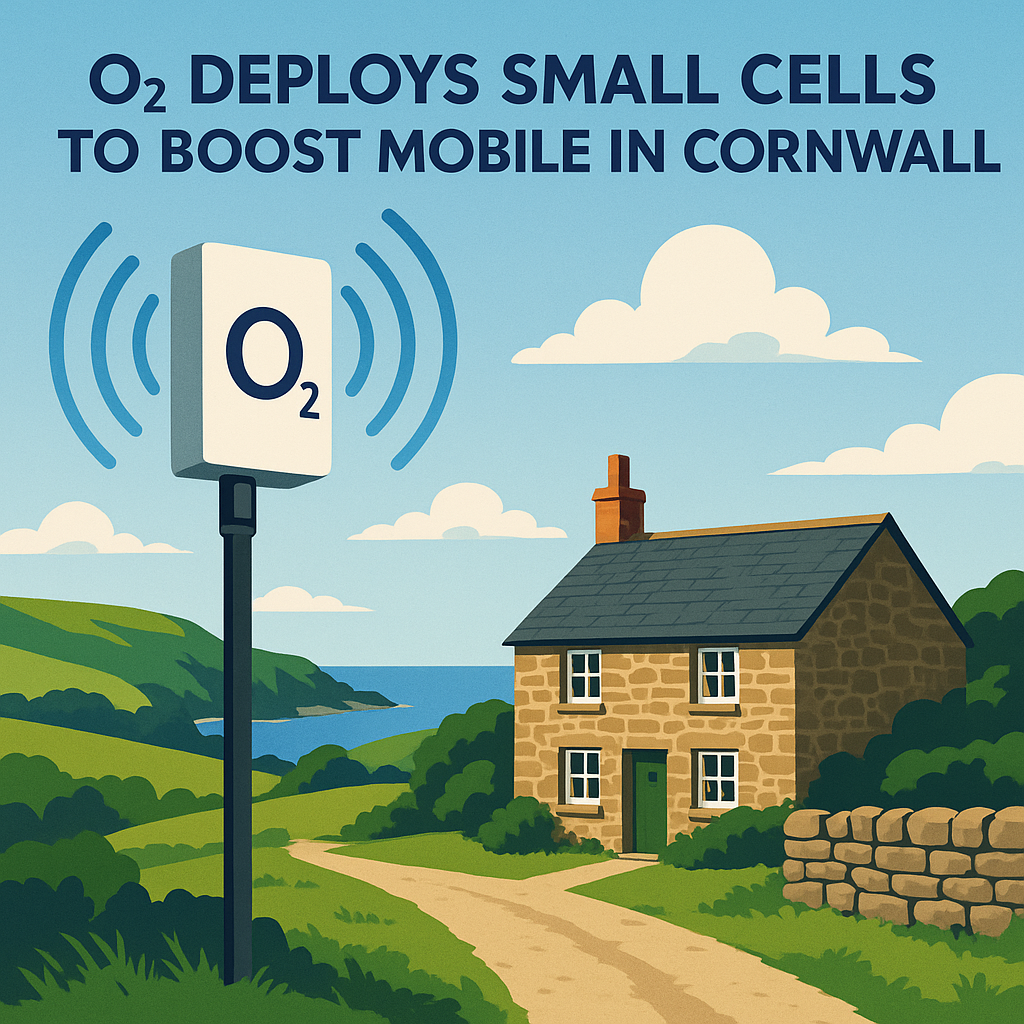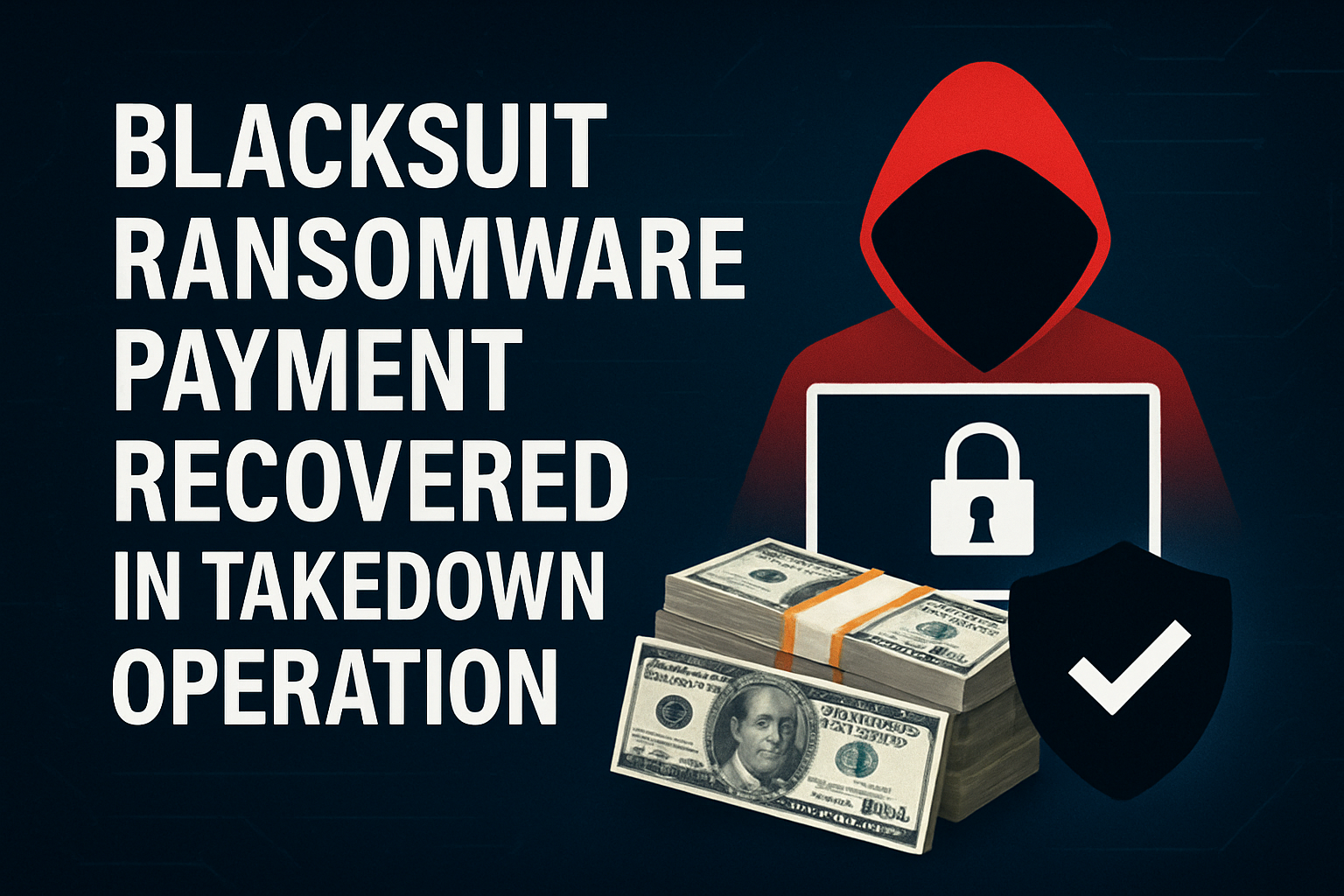Introduction
Across the southeast of Mexico, people have learned to live with a strange kind of connectivity. The internet is technically there, yet it does not always feel present when you need it. Pages open, but slowly. Cloud tools function, but only on good days. An urgent video call with a supplier or a doctor might freeze at the worst possible moment. This is a region of lively cities and tourist corridors, farms and factories, oil and gas operations, universities, and startups that are hungry to scale. The ambition is unmistakable. What has lagged is the transport network underneath everything.
That shortfall is beginning to shift. Operators are investing in the part of the network that most people never see, yet everyone depends on. It is called the backbone: the high capacity routes that connect cities, states, and the data centers where local and international traffic meet. Strengthening that middle mile is not a cosmetic upgrade. It is the foundation that makes last mile fiber and mobile coverage truly deliver on their promise.
This article explains why the backbone matters, what a modern optical network actually does, how it changes day to day life for households and businesses, and which practical metrics residents and decision makers should watch as projects move from announcement to activation.
Backbone vs Last Mile: The Missing Middle
Think of the neighborhood street as the last mile and the intercity highway as the backbone. If the highway is narrow or clogged, the finest street in the world will not fix your commute. The backbone carries enormous volumes of traffic across long distances. It aggregates flows from many towns, feeds content caches and cloud on-ramps, and ties the region into national and international routes. Strengthen this layer and everything connected to it performs better: your home connection, your office VPN, your school’s learning platform, your hospital’s imaging transfer, even the reliability of your favorite streaming service on a rainy evening.
What a Modern Optical Backbone Looks Like
Wavelengths Instead of Lanes
Backbones today are built on dense wavelength division multiplexing. In plain language, operators send many separate light channels down the same fiber, like running dozens of independent lanes on the same road. Each wavelength can carry a huge amount of data. With current optics, that means capacities typically measured in hundreds of gigabits per second per channel, and multiple channels per pair of fibers.
Reconfigurable Paths
The old world required engineers to roll trucks and manually rewire equipment when traffic patterns changed. The new world uses reconfigurable optical add drop multiplexers. These devices let operators move light paths around from a control system. Routes can be adjusted without touching the glass. That flexibility matters when a festival swells a coastal town’s demand, when a university hosts an international conference, or when a storm knocks out a section of fiber and traffic needs a quick detour.
Smarter Control and Telemetry
Software defined control and real time telemetry bring the network to life. Operators can see which spans are approaching limits, which circuits are experiencing errors, and where they need to turn up new capacity. Automatic protection switching detects a failure and diverts traffic onto a standby path within seconds. Planned work no longer means hours of downtime. Maintenance windows become short and predictable.
The Role of Photonic Switching Platforms
The intelligence of a modern backbone sits inside photonic switching platforms that coordinate those wavelengths at scale. Systems in this class handle three jobs well. First, they steer light dynamically, which keeps utilization high and avoids waste. Second, they protect critical routes by shifting traffic instantly when a fiber is cut or an amplifier fails. Third, they help operators turn up new services quickly, which shortens the wait between a business asking for a 10 gigabit private link and the service going live.
The result is a network that feels resilient rather than brittle. Construction mishaps are no longer regional crises. Seasonal demand spikes no longer push entire districts into congestion. Service upgrades move faster because provisioning is software driven rather than manual.
What This Means for Households
Speed is the headline, but consistency is the prize. A stronger backbone does not only lift peak numbers on a speed test. It keeps performance steady across the day and across weather. That steadiness shows up in the details of daily life.
- Video calls hold up in high definition without everyone else pausing their streaming. Work from home and distance learning stop feeling like a gamble after lunch.
- Uploads finally catch up. Cloud backups run in the background, school projects move quickly, and creative work like photography or coding does not stall on the progress bar.
- Gaming is smoother because latency and jitter settle down. Input feels responsive, and updates pull down in minutes rather than an evening.
- Smart home devices stop flaking out when the line is busy. Cameras, alarms, and sensors check in reliably even during peak hours.
- Outages become rarer and shorter. If a backhoe clips a cable somewhere, traffic reroutes over a second path while repairs are made.
Underneath each of those gains is the same idea. The last mile can only deliver its best when the middle mile is strong, diverse, and well engineered.
How Businesses and Industry Benefit
Tourism and Hospitality
Hotels, resorts, and restaurants live on reviews and repeat visits. Guests expect Wi Fi that simply works. A stronger backbone increases the odds that a busy holiday week does not drown local links in congestion. Online check in moves faster, point of sale terminals stay responsive, and guests can share their experiences in real time rather than when they get home.
Agriculture and Aquaculture
Sensors for soil, irrigation, and cold chain monitoring are valuable only if the data arrives on time. Better upstream capacity makes it practical to scale from a pilot deployment in one field to dozens of sites across a district.
Startups and Digital Services
Young companies need to deploy fast. They push code, ingest data, and serve customers over the network. A modern backbone turns the region into a credible home for data heavy services rather than a place where promising teams must move to get the bandwidth and reliability they need.
Public Interest: Health, Education, and Government
Telehealth That Feels Local
When clinicians can consult by video without freezes and transfer imaging files quickly, residents gain access to specialists who might be hundreds of kilometers away. For chronic conditions and follow up care, that convenience translates into better adherence and outcomes.
Learning Without Friction
Schools and universities that rely on video lectures, collaborative tools, and research datasets need predictable throughput all day, not just during quiet hours. A backbone upgrade ensures that a campus full of concurrent sessions does not throttle the experience.
Digital Government Services
Permits, benefits, and records are moving online. Citizens notice when these services load instantly and transactions go through the first time. Agencies notice when traffic bursts during application deadlines no longer overwhelm their links to central systems.
Resilience in a Storm Prone Region
Southeast Mexico knows tropical weather. Networks here must be built for it. That means physical diversity: not simply two fibers in the same trench, but routes that take different streets and, where feasible, cross different bridges or rights of way. It also means diverse power, protected huts, and playbooks that assume a span will go dark during a storm.
A properly designed optical backbone will provide fast failover between paths, clear visibility into which spans are degrading, and the ability to shift capacity preemptively when forecasts point to trouble. Recovery is measured in minutes and hours, not in days.
The Local Value Chain: Jobs, Skills, and Sustainability
Big network builds create work that stays in the region. Civil crews dig and restore, fiber technicians learn to splice and test at a professional level, and operations centers need staff who can read telemetry and act on it. Those people then carry their skills into other projects and employers.
Sustainability can improve as well. Modern optical equipment is far more power efficient per transported bit than older gear. By carrying more traffic on fewer powered sites and by placing caches closer to users, operators can reduce overall energy per unit of data and shorten the distance that popular content travels.
Metrics That Actually Matter
Speed tests have their place. They are not the whole story. Residents, businesses, and public bodies should pay attention to a short list of metrics that describe real experience.
- Jitter: the variation in that latency. High jitter is what makes video and voice feel choppy even when average latency looks fine.
- Packet loss: small percentages add up. Loss is the silent killer of call quality and app responsiveness.
- Availability: the percentage of time a service meets its target performance. Ask for targets measured monthly and annually.
- Mean time to repair: when something breaks, how long until it is restored. Shorter times reflect better design and better field practice.
- Diversity: whether your service is backed by physically diverse routes between key points. Diversity turns single failures into minor blips.
When providers publish these metrics and hold themselves to clear service level commitments, trust grows. When they do not share them, customers should ask.
Rolling Out Responsibly: A Practical Playbook
Operators can win long term goodwill by getting the details right from the start.
- Map real demand: talk to municipalities, universities, health systems, and industry clusters before trenching the first meter. Build where it matters most, not just where permits are easiest.
- Plan true diversity: design routes that do not share the same vulnerable bridge, tunnel, or duct. Document the diversity and make that documentation available to business and public sector buyers.
- Protect the environment: restore streets and sidewalks cleanly, respect sensitive areas, and schedule noisy work during agreed hours. People notice when projects respect their neighborhoods.
- Be transparent on pricing: publish clear tiers with honest upload speeds and realistic contention ratios. Include what happens after any promotional window expires.
- Secure by default: encrypt management planes, segment traffic, and audit third party access. Security is not optional once essential services depend on your links.
- Share status openly: provide a live status page, proactive outage notifications, and post incident summaries that explain what went wrong and how you reduced the risk of a repeat.
How Residents and Businesses Can Evaluate Options
As services arrive, a little due diligence pays off.
- Ask about upstream capacity and diversity. The last mile marketer should be able to explain which backbone routes your traffic will use and how failover works.
- Request the metrics. Latency, jitter, loss, availability, and mean time to repair are not secrets. Providers who measure them will share them.
- Verify upload speeds. Many tasks in modern life are upload heavy. Choose plans that make uploads first class.
- Test at the times you actually work. Peak evening for families, mid morning for offices, and shift changes for factories will reveal whether the backbone is carrying the load.
- Confirm support for business needs. If you run a site, ask about dedicated internet access, private lines between facilities, or quality of service options for voice and video.
Conclusion
Better connectivity is not a luxury for the southeast of Mexico. It is the infrastructure that lets a student attend a class without frustration, a clinic bring specialists to patients, a hotel keep guests happy during the busiest week of the season, and a factory run on time. Those everyday wins depend on more than a shiny new modem or a fresh mobile tower down the road. They depend on a backbone that is spacious, flexible, and resilient.
Investing in that middle mile pays off in quiet, durable ways. Calls connect the first time. Uploads do not stall. Outages become rare and short. Businesses take chances on new tools because the network can carry them. When residents and leaders understand how the backbone works and how to measure its health, they can hold providers to standards that matter and turn announcements into real outcomes. That is how a region moves from being technically online to being truly connected.









